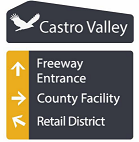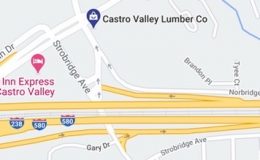Under California Education Code Section 17620, school districts are authorized to levy fees against residential and commercial construction for the purpose of funding new school construction or reconstruction of school facilities (Level I fees). Levied fees paid must be used for specific purposes and there must be a reasonable relationship between the levying of fees and the impact created by the development. The California State Allocation Board sets the inflation adjusted maximum allowable developer fee rates in even numbered years, currently set at $3.36/square foot for residential construction (including additions > 500 square feet) and $0.54/square foot for commercial/industrial construction.
The developer fee rates set by the CVUSD School Board on May 7, 2008 are currently at $2.97/square foot for residential and $0.47/square foot for commercial/industrial construction within CVUSD boundaries. There will be a public hearing to raise these rates to the current state maximum allowable of $3.36/square foot for residential and $0.54/square foot for commercial/industrial construction at the regularly scheduled school board meeting on Wednesday, January 14th at 7 PM at the District Office Board Room (4400 Alma Avenue).
In fiscal year 2013-2014, CVUSD spent $736,278.31 in developer fees on various expenditures including:
- Marshall Elementary School’s new portable ($98,301.83)
- CV High’s 100 wing new portables on Mabel Ave ($246,769.42)
- CV High’s 700 wing ($348,340.97)
- An Elementary Schools Facilities Study ($25,650)
A consultant hired by CVUSD to prepare a developer fees study in November 2014 showed that District student enrollment is greater than its current capacity of 9,123 students, and shows signs that this over-enrollment will continue through the 2018-2019 school year. The consultant calculated that it would cost the District a weighted average of about $54,000 per student, or $21.29/square foot of residential construction (assuming land costs of $1.3 million/acre), to provide new classroom space for each new student. For every 3 new residential units constructed, it is estimated that on average 2 new students will enroll in the District.
The cost impact for commercial/industrial development was calculated based on types of uses from mini-storage at $0.17/square foot, community shopping centers at $4.56/square foot, lodging at $6.49/square foot to medical offices at $11.92/square foot and upwards for other uses. For more information on the studies and reports, see developer fees for CVUSD and its associated links.
Related


